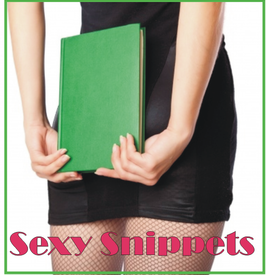By Ashley Lister
Fifty
Shades of Clay: A billionaire sculptor seduces an innocent young potter.
She
placed her hands against the slippery wet clay on the potter’s wheel. With
rising urgency, she moved her leg up and down to operate the pedal. The moisture on the clay ran through her
fingers as the wheel span swiftly. She found herself holding a thick, undulating
length that made her think of him. Unable to stop herself, she licked her lips.
She desperately wanted to fire his brick in her kiln.
This month’s writing exercise moves briefly
away from poetry and looks at the parody.
I have to admit, I was inspired for this exercise by something shared on
FaceBook. The piece suggested a story idea
for Fifty Shades of Whey – the tale of a vegan being seduced by the billionaire
CEO of a large cheese company.
The piece that was written beneath that
strapline was intense sexual foodplay of the variety that would earn the
instant approval of Kay Jaybee and KD Grace.
I’ve seen other variations on the notion of Fifty Shades and I wondered
if there could be a fun writing exercise in exploiting this rich vein of parody. Below, is my idea for a fun writing exercise.
Take one whimsical parody on the whole idea
of the original Fifty Shades title and then expand it with a short strapline.
Fifty
Shades of Sleigh: Santa needs a helper – naughty and nice.
Fifty
Shades of Spay: He’s an uber-successful vet and he’s going to do something
drastic to her pussy.
Fifty
Shades of Crochet: One young woman gets her hook and yarn twisted into a
beautiful new shape.
Fifty
Shades of X-Ray: She was only have been a humble radiologist, but she could see
right through him.
Once you’ve got a title and a strapline,
write a paragraph from an intense erotic scene in that story.
Fifty
Shades of Monet: She didn’t just model for him – she made an impression.
“No,”
she told him, baring her breasts and showing herself to him. “Stop painting
those damned water lilies and paint me instead.”
Her
heart was pounding as she pushed herself against him. He dropped his brush and
she could see that he had smeared a streak of blue-grey oil paint across her
torso.
“That
needs rubbing off,” he said, nodding at her stomach.
She
straddled him and said, “I thought you’d never ask.”
As always, I look forward to seeing your
work in the comments box below.








